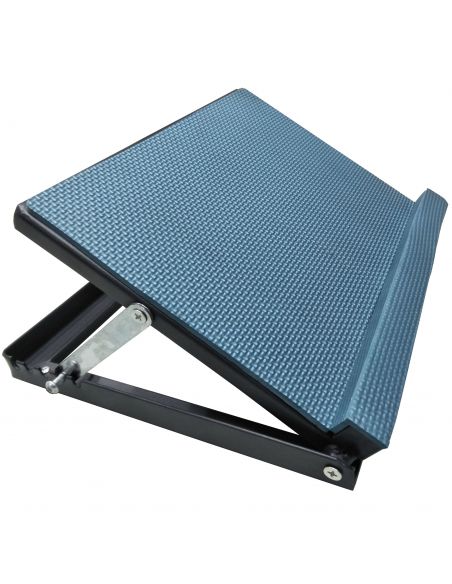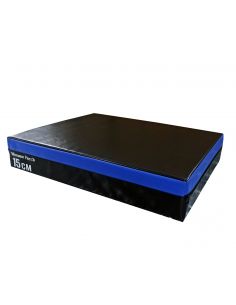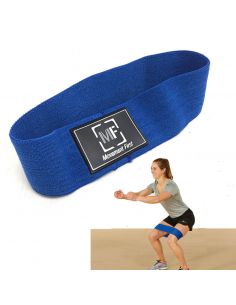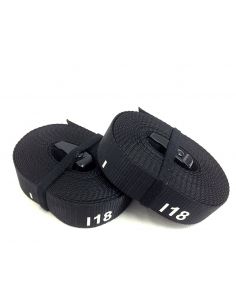Adjustable Slantboard (4 levels)
Able adjust to 4 levels of inclination: 20°, 30°, 35° & 40°
Max Weight Capacity: 100kg
This slantboard has 4 adjustable levels of inclination (20°, 30°, 35° & 40°) and can be flattened to 0° for easy storage. It comes with a non-slip rubber padding on the surface for better friction so you can stretch in a more comfortable manner.
The slant board was developed to treat plantar fasciitis, Achilles tendonitis, patellar tendonitis and even hip pain. If you know a little bit about medical terminology you will know that the suffix ‘itis’ means ‘inflammation’. Inflammation is synonymous with pain. A brief glance at all the above conditions will also tell you that we are dealing with pain related to different parts of the legs. The names of all the conditions are big and it would be great if there was a simple way of understanding them. For that let us take a small peak at the way our legs function and the muscles and ligaments that aid in the process.
Calves often receive less attention than your thighs as areas to exercise, but they provide essential support to your lower body and are used in a range of activities, including running, bicycling and jumping. Calf strength is also needed for everyday activities, such as standing on your toes to reach a high shelf, or for walking. As your calf muscles undergo a lot of use, the muscles can easily become tense. To increase flexibility in your calves, slant boards, wooden or plastic boards set at an angle, can help stretch these important muscles.
Your Calf Muscles
Your calves are made up of two primary muscles: the gastrocnemius — the larger of the two muscles — and the soleus. The soleus is covered by the gastrocnemius. Both of these muscles are used for ankle motion, particularly plantar flexion, raising your heel in the direction of your knee. To target your gastrocnemius, use a straight-leg stretch on the slant board. For your soleus, a bent-knee stretch on a slant board will target the muscle.
1. Stand with your back against the wall or use the back of a chair to steady yourself. Stand on the board for 30 seconds before stepping off. Rest for 15 seconds and repeat three times.
Bent-Knee Stretch
A bent-knee stretch targets your soleus muscles. As these muscles are smaller than the gastrocnemius muscles, do this stretch with caution. Place the low end of the slant board three inches away from the back of the wall. Stand with both feet firmly on the board, with your legs straight. Gently bend your knees, sinking down from your hips, until your back is against the wall. Hold the stretch for 30 seconds before stepping off the board. Rest for 15 seconds before stepping back up. To increase the difficulty of the stretch, increase the angle of the board and move the board further away from the wall so you can sink lower.
























